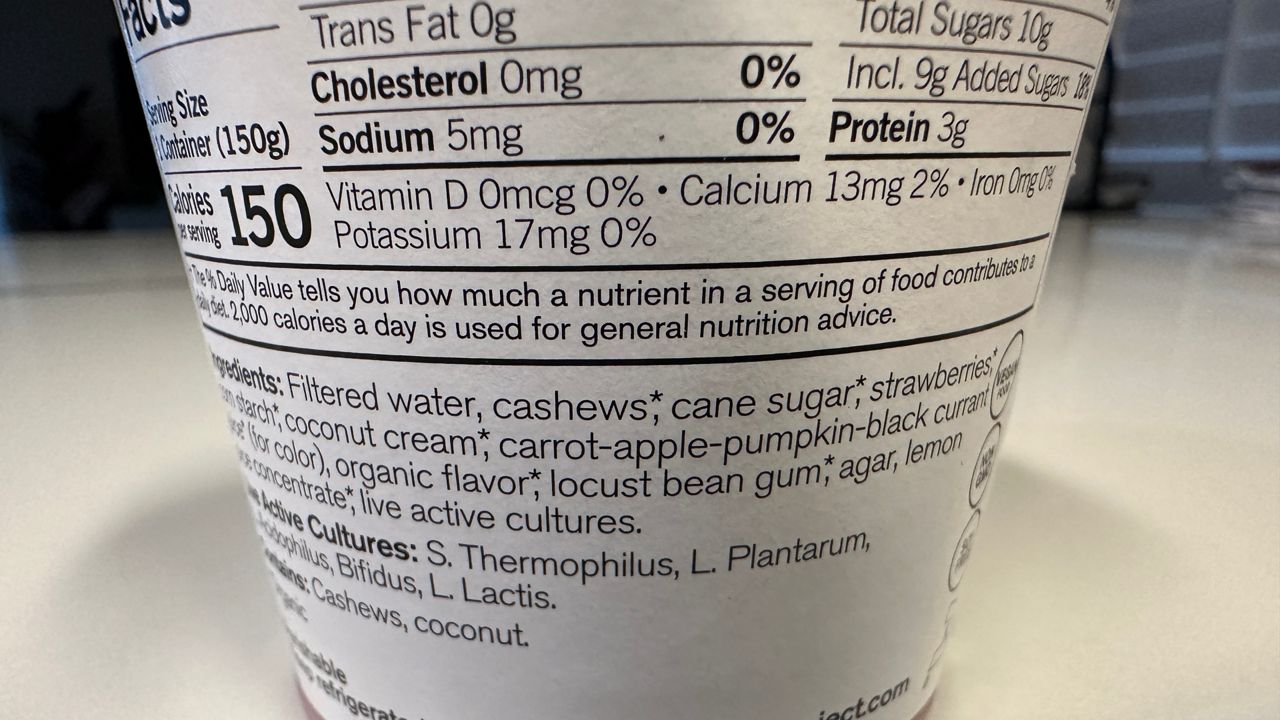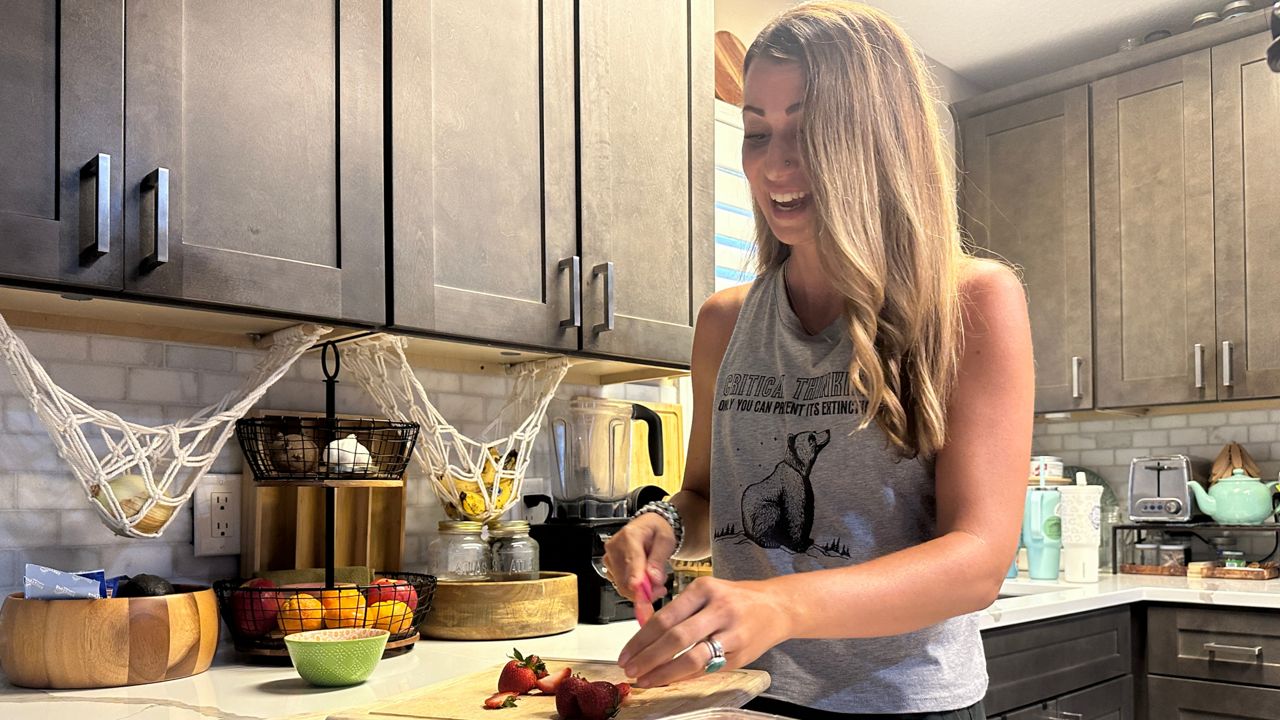TARPON SPRINGS, Fla. — The news that federal agencies plan to phase out synthetic dyes in foods is being watched closely by some families and medical professionals in Tampa Bay.
"I think that this is a good move because we do not want our kids eating ultra processed foods," said board certified pediatrician Dr. David Berger. "One of the things that makes any food ultra processed is adding an artificial, synthetic, petroleum-based food coloring. There is no purpose. There's no nutritional value for these dyes. It's purely cosmetic."
The U.S. Dept. of Health and Human Services secretary and the Food and Drug Administration commissioner announced last week they plan to phase out six petroleum-based dyes from the nation's food supply, citing studies that link them to conditions like hyperactivity, diabetes, and obesity in children. A trade group for the food industry has said they're safe, and the latest federal action stops short of an actual ban.
Debra Williams said she was excited to hear of the move to phase out the dyes, but noted it won't change anything for her family. She said she stopped buying foods with those and other concerning ingredients around the time her first child was born 12 years ago.
"You just have to know what ingredients to look for and avoid in the grocery store, but if you're not aware, they're in a lot of products," said Williams.
Williams said it was her work at a children's hospital in Pennsylvania and background in nutrition that caused her to cut out the dyes.
"Mostly with synthetic dyes, it comes down to behavioral changes in children, is what is most commonly seen. It's changes in mood — anger, rage," she said.
So, instead of ingredients like Red Dye No. 40, Yellow Dye No. 5, and Blue Dye No. 1, you'll find foods with natural alternatives in her pantry.

"Carrot, apple, pumpkin, black currant juice for color," Williams read from the ingredients list on a cup of yogurt in her refrigerator.
Berger said he's had concerns about synthetic dyes for years. He told Spectrum News research shows possible links to neurodevelopmental delays in kids, but notes it's hard to rule out other factors in those cases.
"We should always ask ourselves, 'What's the potential benefit versus what's the potential risk?' We've identified potential risk. We've not identified potential benefit," said Berger, who's also medical director of Wholistic Pediatrics and Family Care in Tampa.
The Consumer Brands Association, a food industry trade group, released a statement in response to the FDA and HHS announcement. It reads in part, "The ingredients used in America's food supply have been rigorously studied following an objective science and risk-based evaluation process and have been demonstrated to be safe. Removing these safe ingredients does not change the consumer packaged goods industry's commitment to providing safe, affordable and convenient product choices to consumers."

When asked if he thinks there could be pushback to getting rid of the dyes, Berger said shoppers can also help bring about change.
"The more demand for cleaner foods and the more people avoid foods that have artificial colorings into them, then there's a good chance that they may change because they want to follow the market," he said.
Williams said she's optimistic the phase-out will come to fruition.
"We're already reading ingredients, but I think it would be a game changer for a lot of other families that may not have that awareness," she said.





